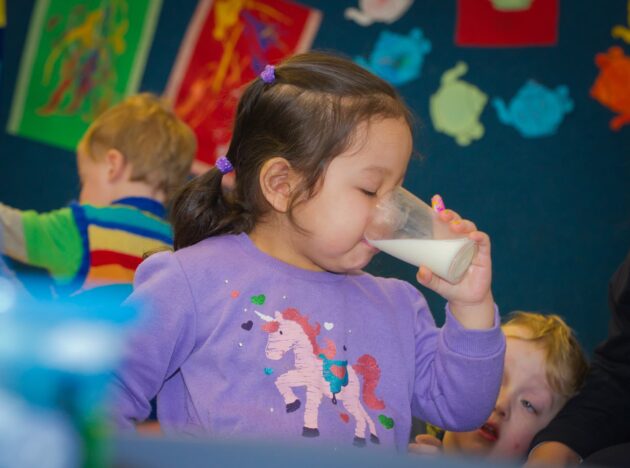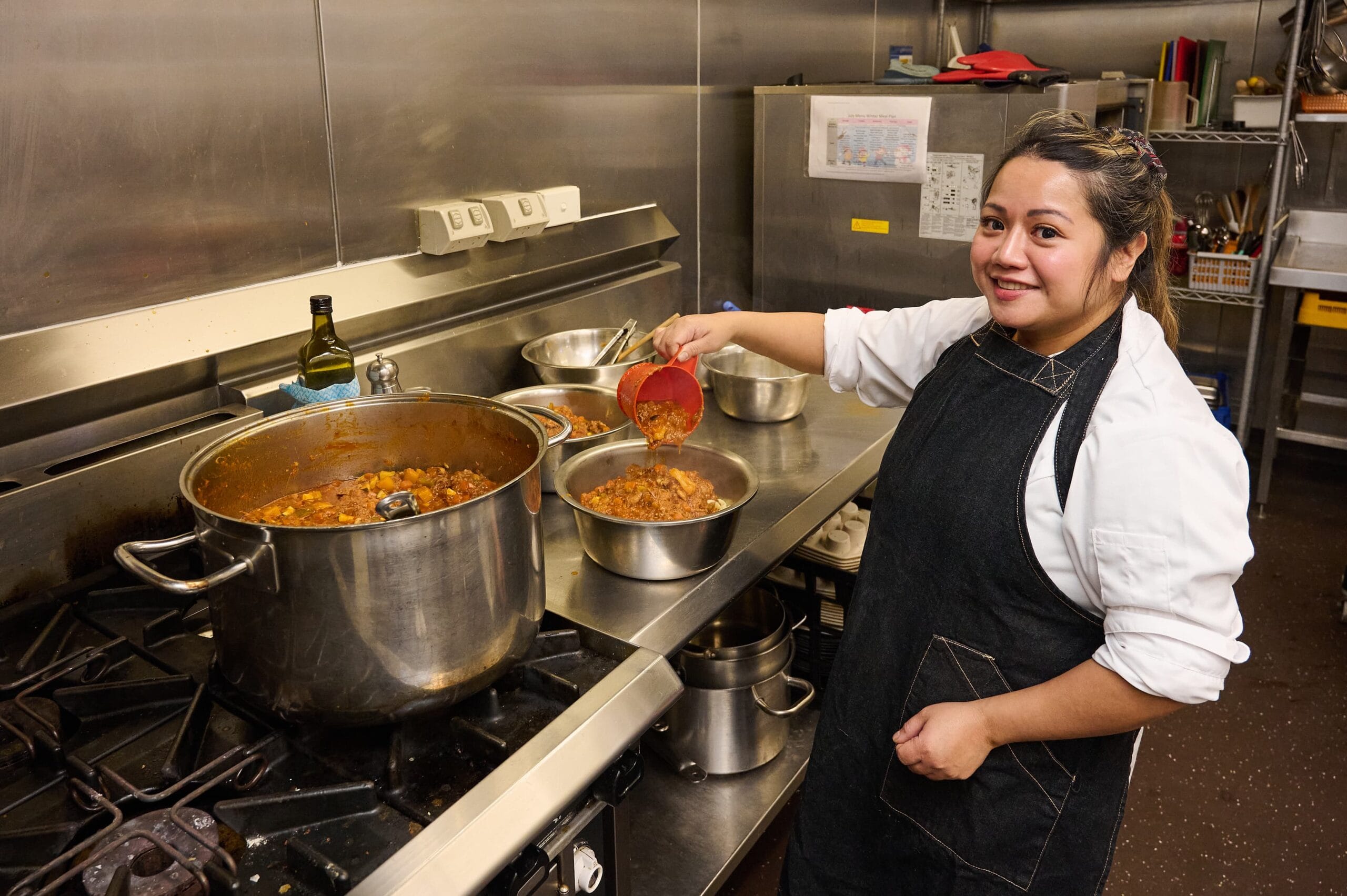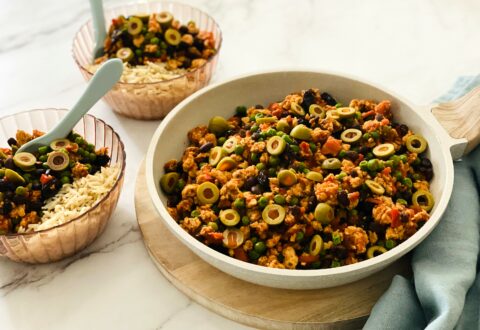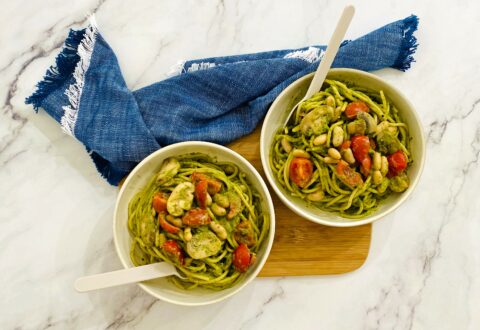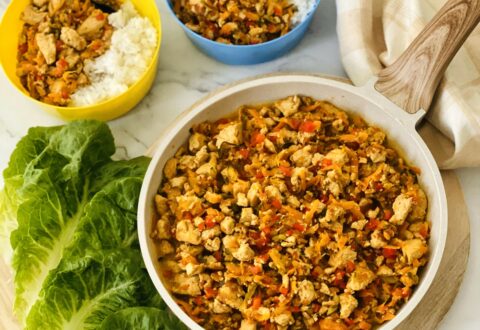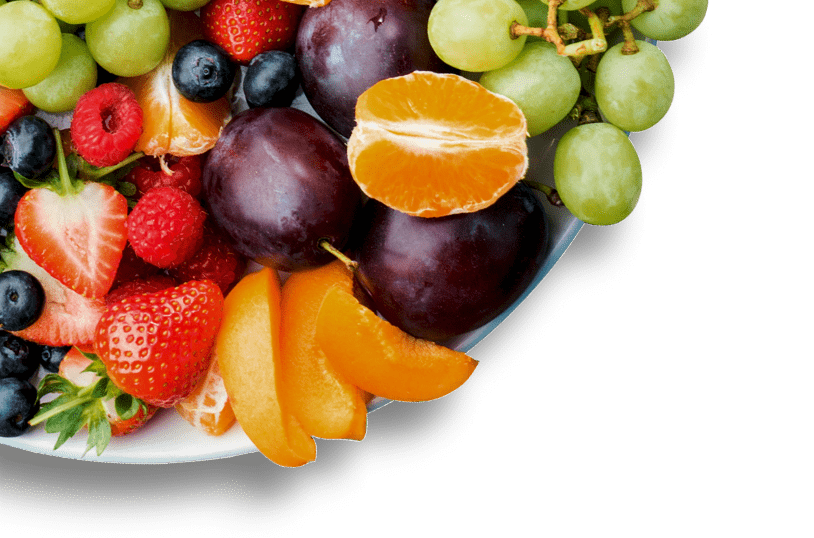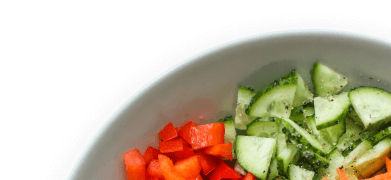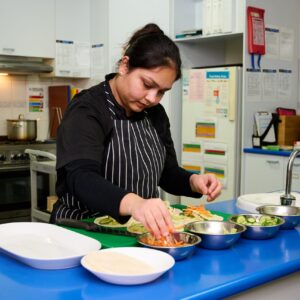Food intolerance
Some children with food intolerances cannot digest their food properly. Two examples include lactose intolerance and fructose intolerance. A food intolerance is not the same as a food allergy. Food allergies are immune system reactions to specific proteins in food and can be life threatening.

This resource is available as a downloadable file in following languages:
Key Information
- A food intolerance is not the same as a food allergy. Food allergies are immune system reactions to specific proteins in food and can be life threatening.
- Children with food intolerance may feel sick, but the symptoms are not life threatening.
- Some children with food intolerances cannot digest their food properly. Two examples include lactose intolerance and fructose intolerance.
- Other children may react to artificial food additives including sulphites and other preservatives, and artificial colours.
Providing food and drinks for children with food intolerance
This fact sheet is for cooks and chefs working in children’s education and care.
For more information about preparing and serving food for children with food intolerances, complete the Healthy Eating Advisory Service course, Managing allergies and other dietary requirements in children’s education and care. You will find a micro-module specific to managing food intolerance within this course.
It is important to speak with a child’s parents or carers about their food intolerance.
It is also recommended that you have written information from the child’s healthcare provider confirming the intolerance and how much of the food they can tolerate.
This is particularly important if several food intolerances are suspected, to prevent avoiding foods unnecessarily.
Lactose Intolerance
Children with lactose intolerance cannot digest lactose, the sugar in milk.
Symptoms of lactose intolerance include bloating, gas, tummy pain, and diarrhoea. Lactose intolerance is usually temporary.
Lactose free products have had the lactose removed. Children with lactose intolerance can have lactose free products, but children with milk allergy cannot.
Do not give lactose free milk or lactose free dairy foods to children with cow’s milk allergy.
Planning meals for children with lactose intolerance
Replacing lactose containing products on your menu
Children with lactose intolerance can have lactose free milk, lactose free yoghurt, and ordinary cheddar cheese. The table below provides some examples of food swaps for children with lactose intolerance.
| Cow’s milk product | Suggested replacement |
|---|---|
| Cow’s milk | • Lactose-free cow’s milk |
| Yoghurt | • Lactose-free yoghurt |
| Cheese | • Hard cheeses – regular cheddar/tasty, parmesan cheese contain almost no lactose. It is not necessary to buy lactose-free cheddar, tasty or parmesan cheese. • Lactose-free cream cheese • Lactose-free ricotta |
| Margarine | • Ordinary margarine is usually tolerated |
How to change recipes for lactose intolerance
Here are some examples of how to change recipes for lactose intolerance. If a separate meal is required, make meals for children with allergies and intolerances look like meals served to the rest of the children. This way children with allergies and intolerances will feel included at mealtimes.
| Curries and stews | Pasta dishes | Shepherd’s pie | Baked snack foods (sweet or savoury) |
|---|---|---|---|
 | 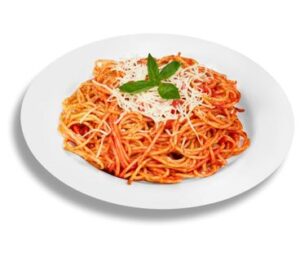 | 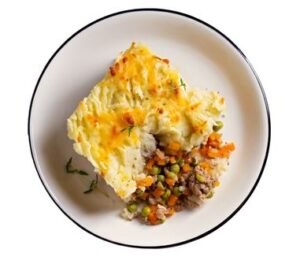 | 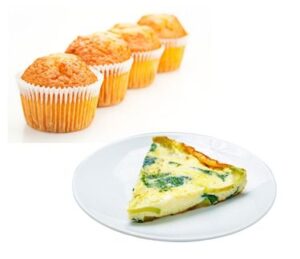 |
| Most curry recipes use coconut milk and therefore do not contain lactose | Use lactose free ricotta | Use lactose free milk | Use lactose free milk and yoghurt |
| Most stew recipes do not use milk or other milk products such as yoghurt and cheese | Regular cheddar, tasty or parmesan cheese can be used | Regular cheddar, tasty or parmesan cheese can be used | Use lactose free cheese or lactose free ricotta. Regular cheddar, tasty, or parmesan cheese can be used |
| If serving with yoghurt, use plain lactose free yoghurt |
Fructose Intolerance
Young children may have diarrhoea when they eat too much fruit – this is called fructose intolerance.
Fructose is the naturally occurring sugar in fruit and some vegetables. Most fruits are high in fructose.
Many children with fructose intolerance just need to avoid eating large amounts of fruit.
Managing Fructose Intolerance
Parents or carers should be guided by their health professional and provide early childhood services with written guidelines about which fruits and how much their child can tolerate. Children with fructose malabsorption tolerate different amounts of fruit.
Parents or carers may request no fruit to be given to their child while in long day care so they can control the amount given at home.
Children with fructose intolerance generally only need to limit the amount of fruit they eat. Try to include some snack options other than fruit, for example:
- vegetable platter with savoury crackers and cheese
- vegetable slice
- spinach and cheese
muffins - pumpkin scones
- carrot muffins
Sulphites and other food additives
Some food intolerance symptoms are caused by food additives. Sulphites are the most common preservative that cause intolerance symptoms. Sulphites may be added to dried fruit, fruit juice, fruit snacks, sausages, and other products.
If a food product contains sulphites, this must be listed on the food label as an ingredient. Sulphites are food additive numbers 220-228. For more information, refer to the reading food labels for food allergens section of the National Allergy Council’s Food Allergy Aware website.
If you notice a product you are using lists sulphites as an ingredient do not give this to the child with a sulphite intolerance.
More helpful resources and information
For more information complete the Healthy Eating Advisory Services Managing allergies and other dietary requirements in children’s education and care online course.
Further information and support
Healthy Eating Advisory Service:
- Early childhood services
- Recipes
- Menu planning guidelines for long day care
- Online module: food intolerances
National Allergy Council:
- All about Allergens training for Children’s Education and Care
All about Allergens - Resource Hub (Children’s Education and Care section)
For more information please phone 1300 22 52 88 or email heas@nnf.org.au
Except where otherwise indicated, the images in this document show models and illustrative settings only, and do not necessarily depict actual services, facilities or recipients of services. This document may contain images of deceased Aboriginal and Torres Strait Islander peoples. In this document, ‘Aboriginal’ refers to both Aboriginal and Torres Strait Islander people. ‘Indigenous’ or ‘Koori/Koorie’ is retained when part of the title of a report, program or quotation. Copyright © State of Victoria 2016
Written and reviewed by dietitians and nutritionists at National Nutrition Foundation, with support from the Victorian Government.

Featured Recipes
Explore all recipes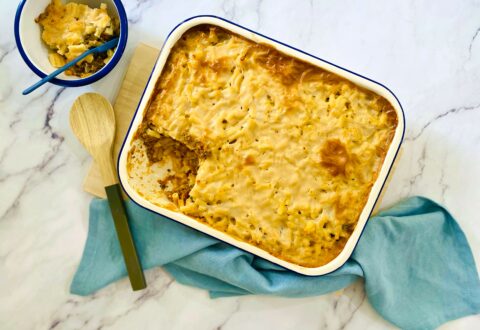
Register your interest
"*" indicates required fields


